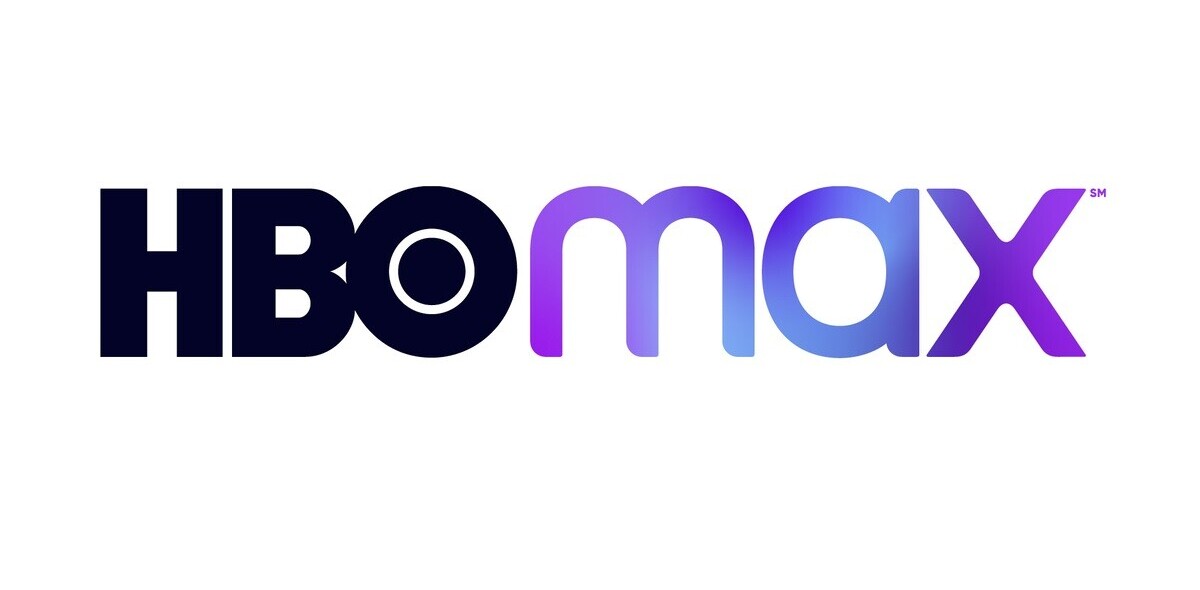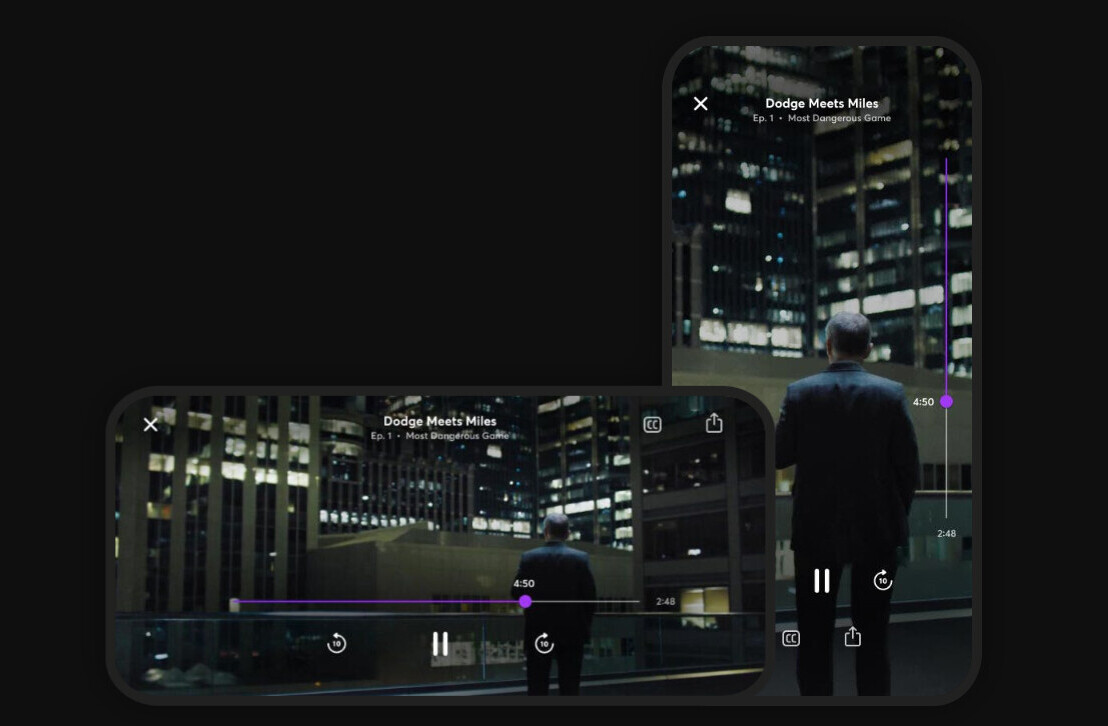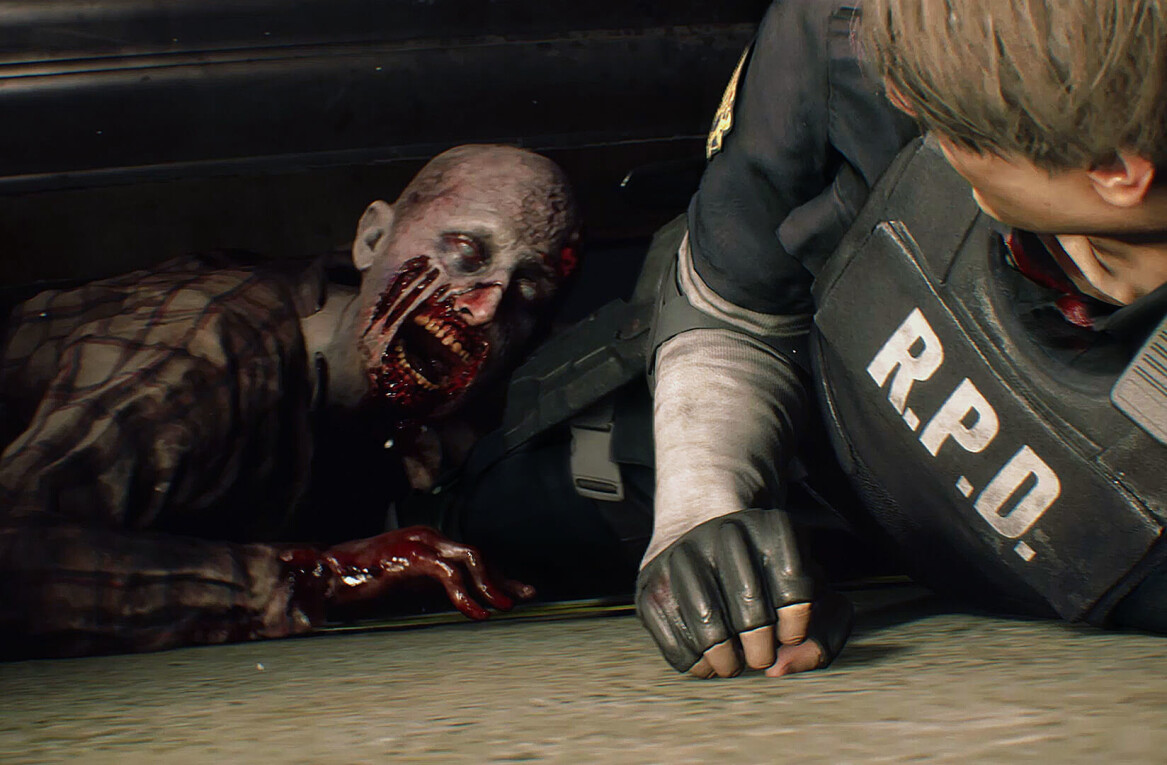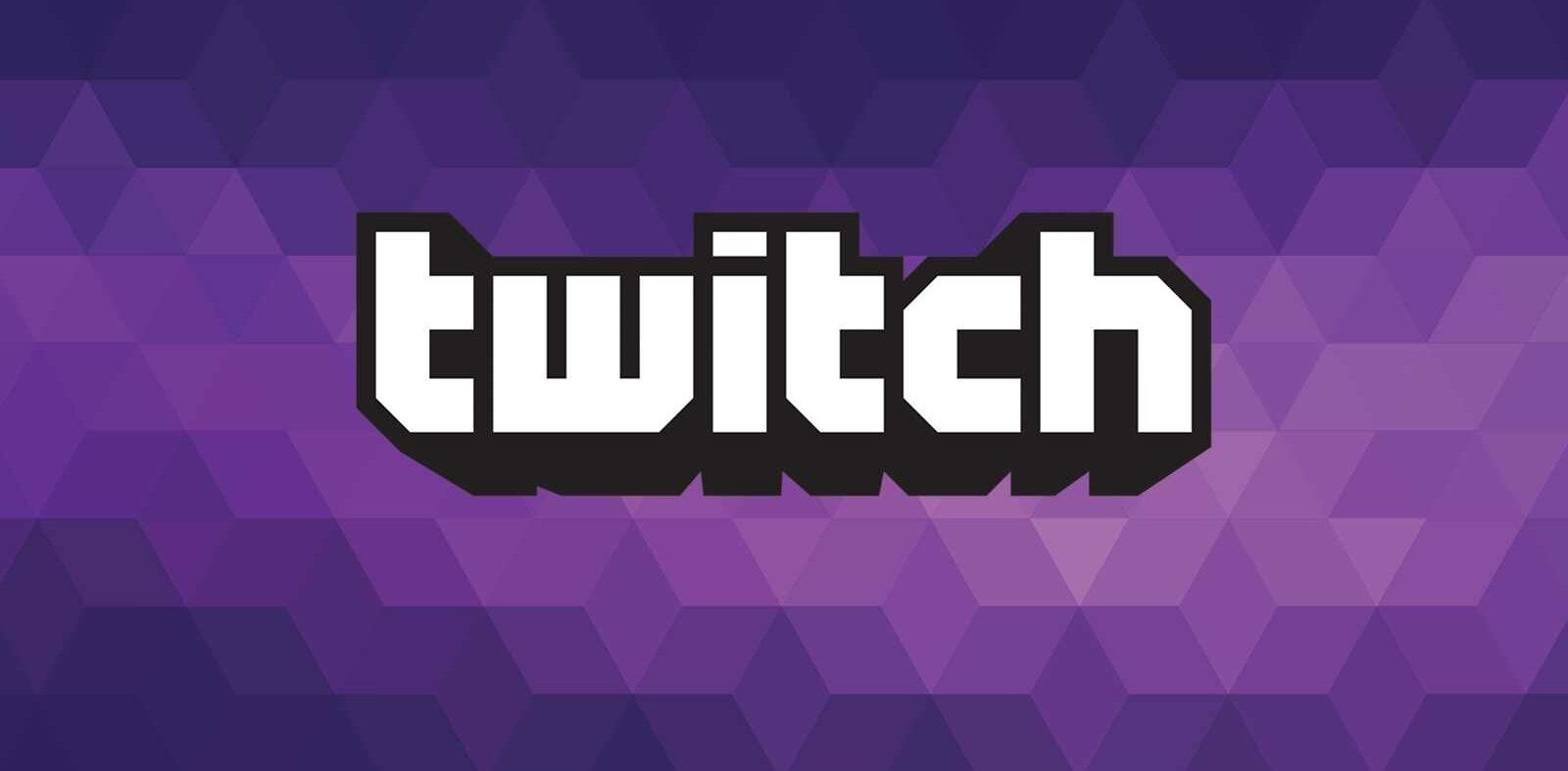
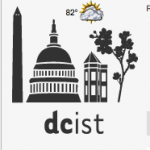 Aaron Morrissey was watching football this past Sunday afternoon when he noticed tweets mentioning some kind of shooting in the Adams Morgan neighborhood of Washington, DC. Morrissey is the editor-in-chief of DCist and so the reports understandably piqued his interest; he immediately got in contact with a few of his co-bloggers. According to its staff page, DCist boasts over two dozen volunteer bloggers, and the editor told me that many of them live in the Adams Morgan/Columbia Heights/U Street areas, all of which are close to where the shooting occurred. Morrissey eventually spoke to Dave Stroup — a DCist blogger who lives in Adams Morgan — and Stroup agreed to conduct on-the-ground reporting of the incident.
Aaron Morrissey was watching football this past Sunday afternoon when he noticed tweets mentioning some kind of shooting in the Adams Morgan neighborhood of Washington, DC. Morrissey is the editor-in-chief of DCist and so the reports understandably piqued his interest; he immediately got in contact with a few of his co-bloggers. According to its staff page, DCist boasts over two dozen volunteer bloggers, and the editor told me that many of them live in the Adams Morgan/Columbia Heights/U Street areas, all of which are close to where the shooting occurred. Morrissey eventually spoke to Dave Stroup — a DCist blogger who lives in Adams Morgan — and Stroup agreed to conduct on-the-ground reporting of the incident.
The shooting had taken place during the crowded Adams Morgan Day festival, and it quickly became apparent that some time around 1:20 p.m. a DC police officer had shot and executed a dog. Though details were still scant, Stroup called another DCist editor who then posted the blog’s first report at 1:52 p.m. Throughout the day there would be many updates to the post as new details flowed in. “Whenever we get information that’s pertinent to the narrative, we try to update our site with that information,” Morrissey told me in a phone interview. “It’s different than traditional journalism, which says collect all the information and shape the narrative that way. But since we have the advantage of being on the internet and having tools like Twitter, a wide network of people, and commenters — we have a large commenter base — they were providing us with eye witness details.”
It was through DCist’s commenters and tip line that it received some major scoops on the shooting. First came a photo of the police officer subduing the dog mere minutes before he shot it. And then Morrissey received an email from a “spokesman” for the dog’s owner, who gave the most up-to-date account of what had happened. “Today, there was an unexpected scuffle between [the executed dog] Parrot and a poodle,” the spokesman wrote. “[The dog’s owner] Aaron subdued Parrot, who was wearing both a leash and a harness …. The policeman knocked Aaron off of Parrot. The policeman put his knee in the middle of Parrot’s back while pulling Parrot’s forelegs behind him, as one would do with an armed criminal. Without waiting to determine whether this technique would calm Parrot, the policeman grabbed Parrot, lifted him off the ground, and brought him to the top of the concrete staircase. He threw Parrot over the banister, down twelve steps, and onto the concrete floor. Then, the policeman stood at the top of the stairs, drew his weapon, and executed Parrot. Aaron cannot recall the number of shots fired.”
Though there were several news outlets that quickly wrote about the shooting, DCist undoubtedly led the coverage. Its posts spawned hundreds of comments and tweets, and the site saw a noticeable traffic spike for Sunday, a day which typically sees a low level of web visits.
Bloggers and social media users scooping major news outlets are not a new phenomenon in 2010 — there have been countless examples of it over the years. But for the most part these examples have seemed anecdotal, what curmudgeons dismiss as exceptions to the rule while asserting that traditional newspaper reporters still provide the bulk of breaking news. However, in the DC region, major scoops by social media users have occurred so frequently over the last year that they can now be considered commonplace.
Perhaps this is why a major media company, Allbritton Communications, decided to launch TBD — the most ambitious hyperlocal news project to date — in DC. Less than a month after its debut, reports of a shooter within the Discovery Channel headquarters first emerged on Twitter before TBD took up the torch and became the go-to source for up-to-the-minute news on the incident. In this case, not only was the story broken by social media users (the initial tweets), but the coverage was then dominated by a relatively unknown newcomer, one that was able to aggregate tweets, video feeds, and eye-witness reports for what had quickly become a nationally-followed news event. New York Times media critic David Carr couldn’t help but note the irony that the Washington Post — which had mocked TBD right after its launch — had embedded the start-up’s live video on the Post’s own website.
A week before Glenn Beck’s “Restoring Honor” Tea Party rally on the steps of the Lincoln Memorial, a DCist blogger wrote about a blog post published by a local Tea Party member that acted as an unofficial Tea Party guide to the city. As a result of this, the “guide” became a national news story and was ridiculed everywhere from the Huffington Post to the Rachel Maddow Show. And during the winter, when DC was experiencing record levels of snow, it was a YouTube user who uploaded a video of a DC police officer drawing his gun and pointing it at people who had thrown snowballs at him. Largely because of this video, the officer was put on desk duty while the incident was investigated.
Morrissey, the DCist editor, didn’t think I was grasping at straws when I asked whether he thought there was an abundance of local news stories broken by social media users. “You have to take into consideration that Washington DC has a unique base here in terms of local news organizations that have a presence that aren’t traditional media outlets,” he said. “We’re here, the [Washington City Paper] is here. There are any number of moderate to large blogs out there who routinely do a good job of updating. And I don’t know that that exists in a lot of other places. I mean obviously places like New York and Chicago and LA, but I think DC is really unique; there are a lot of people engaged here and involved, perhaps more so than in other places.”
Perhaps more importantly, the news media is getting better at given credit to these social media users when they do break major stories. As TBD wrote after the dust settled from the Discovery hostage situation, “All of those who tweeted first from the scene deserve the real credit for breaking the news before they got lost in the crush of the Internet. Thanks.”
Get the TNW newsletter
Get the most important tech news in your inbox each week.
